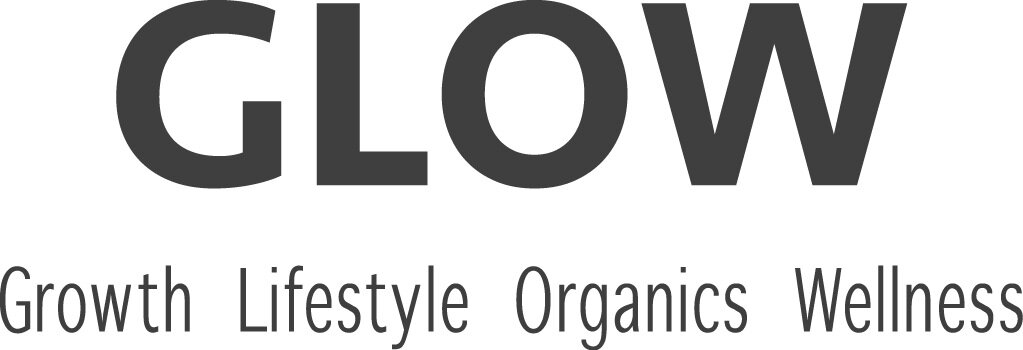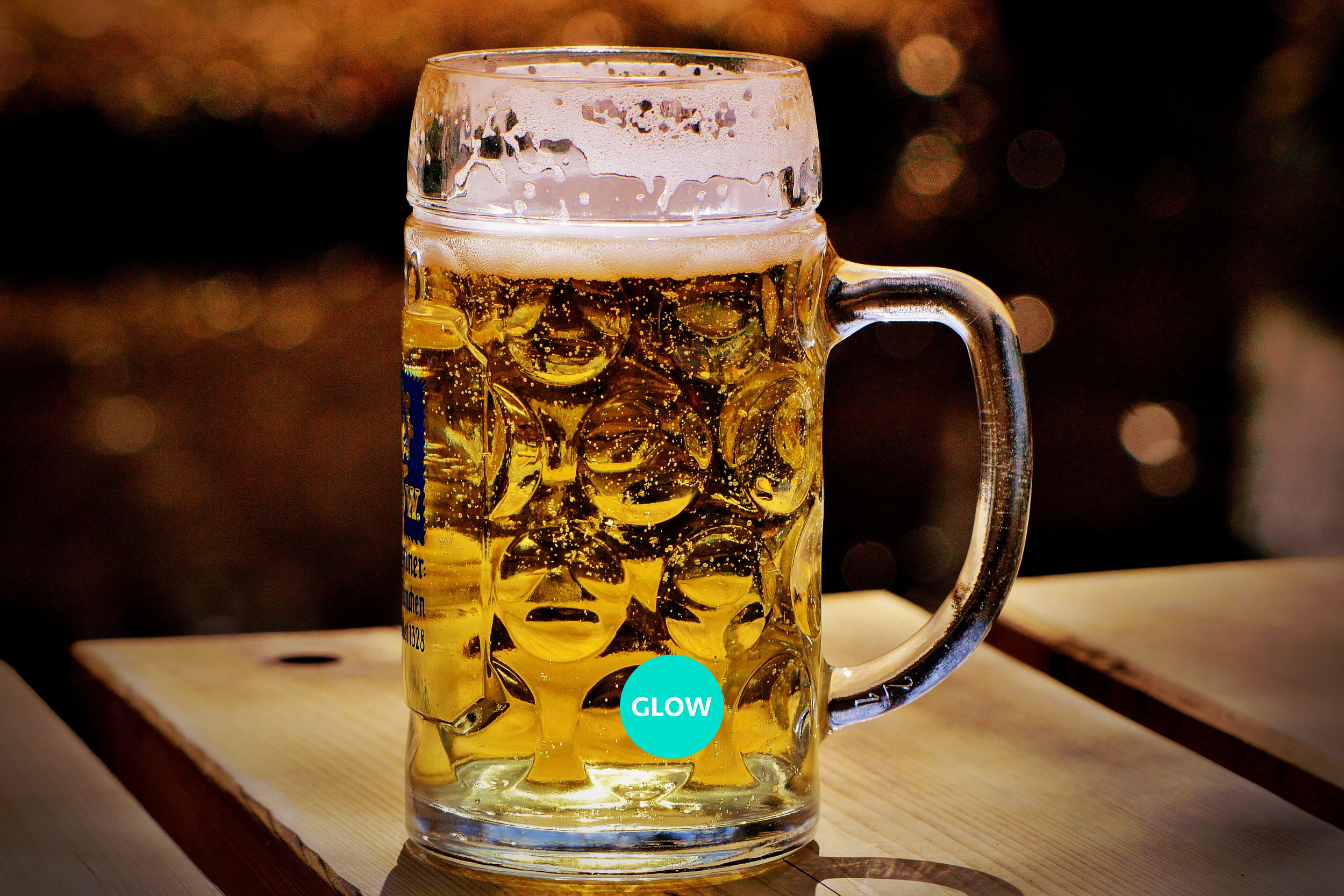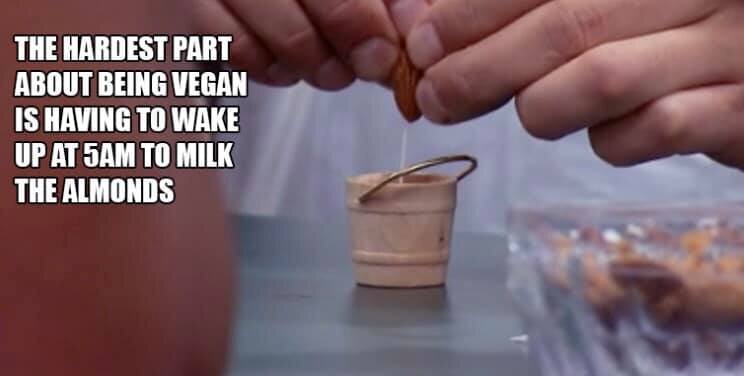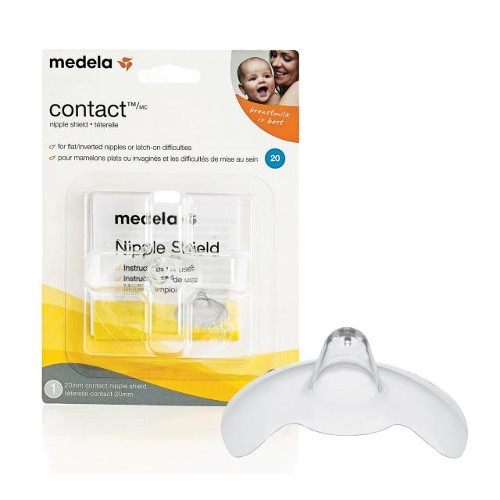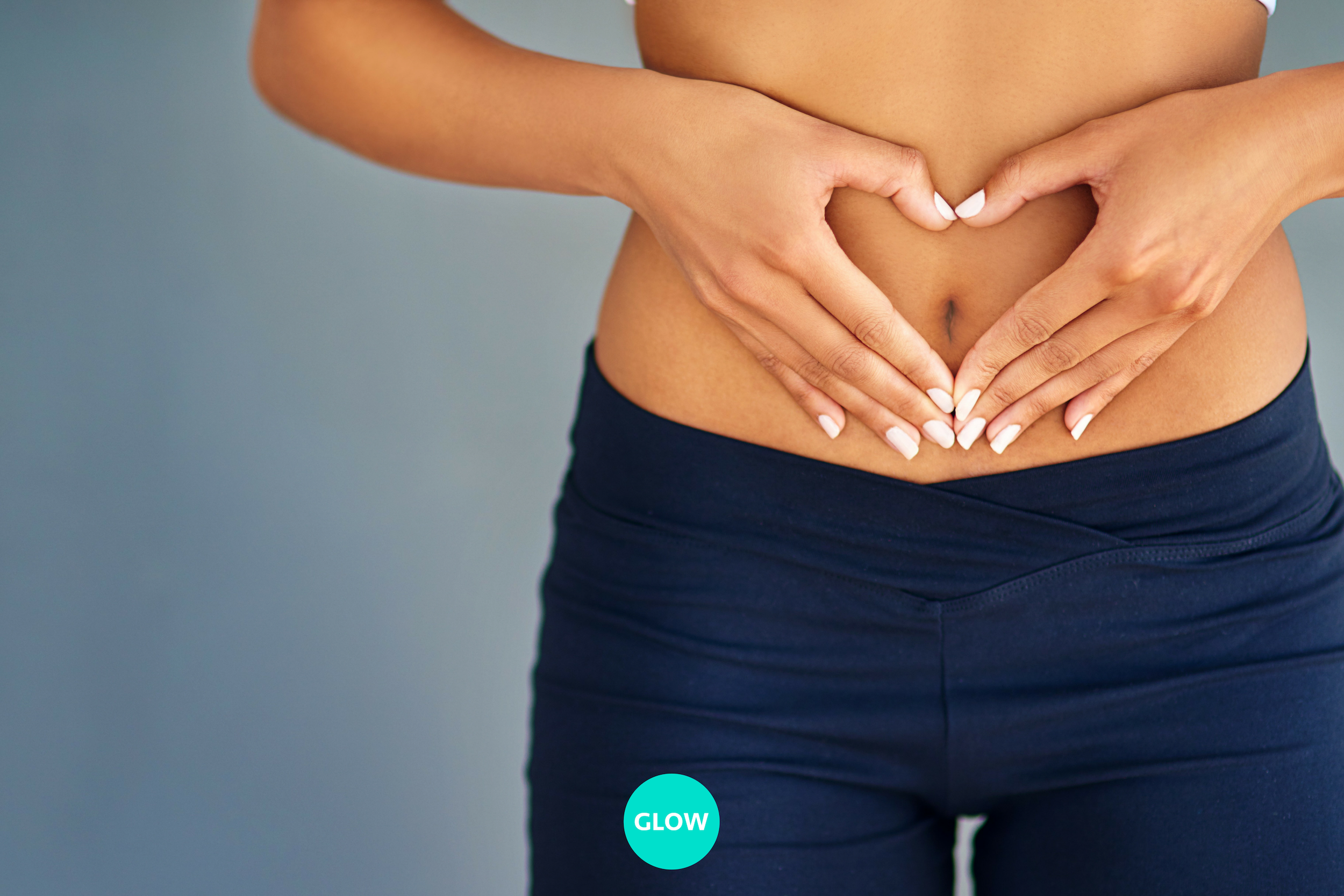Protein is a vital aspect of our diet and a crucial component of every cell. It is often referred to as the ‘building blocks of life’. Our digestive system breaks down protein into single bricks called ‘amino acids’ which our body absorbs and assimilates not only into muscles but also bones, collagen structures, neurotransmitters, hormones, the immune system, transport proteins and other. In other words, it takes much more than just muscle to assess the total protein status.
Sufficient protein also helps to anchor blood glucose, which has a tremendous impact on energy stability, mood, behaviour and inflammation. By feeding the brain, protein keeps us fuller for longer, prevents cravings, snacking, sudden energy dips and ‘hanger’. Insufficient protein in the brain is the main reason for mood disorders. Children who have behavioural issues, frequent tantrums and are whiny - need more protein.
Increased protein intake is key on a weight loss journey - for body recomposition goals and the reduction of fat tissue. It also prevents muscle loss which is a consequence of chronic stress and a hectic lifestyle. During chronic stress, muscle is broken down to create glucose in order to fuel up the constant fight-or-flight. Therefore, I think that stress is the main reason why people in the Western world need a lot more protein these days.
More protein is indispensable to improve immune health, including all autoimmune conditions. It is an unquestionable must for babies, children, pregnant and perimenopausal women, parents, people who have demanding careers, those who are stressed, who exercise or are on the go a lot.
Anyone who wants to heal should look into more protein.
Being fit and toned does not automatically mean sufficient protein. Many people look healthy but have a suppressed immune system or ongoing depression.
The three main drivers of insufficient protein are:
inadequate consumption of quality protein throughout the day
impaired protein digestion, absorption and / or assimilation, regardless of adequate intake
chronic stress of any origin
What is quality protein?
There are two main factors which determine protein quality:
How digestible it is for humans (this determines how usable a protein is)
How many essential amino acids it contains (‘essential’ means that the body cannot make these and they have to come from food)
The DIAAS score is the latest measure of such protein quality. It evaluates which consumed amino acids are absorbed and utilised by the body.
a score of 100 or more: high quality protein
a score of 75-99: good quality protein
a score <75: low quality protein / no protein claim can be made
In other words, it’s not the question of how much total protein there is in a food but rather if it’s of any use.
For example, peanut butter may have a decent amount of protein but it is lacking certain essential amino acids. Peanut butter scores only 46 which doesn’t qualify it as a protein. This does not mean one should not eat peanut butter! It provides plenty of nutritional value in the form of fibre, phytoestrogens and fats. It just isn’t a strong candidate for usable protein.
Protein requirements and serving sizes
In order to prevent malnutrition, the WHO recommends approximately 0.8 gram of protein per 1 kilogram of lean body mass. However, optimal intake goes beyond just bare survival and warrants that ALL bodily functions that depend on protein inlcuding mood, immunity and hormones, work well.
Functional optimum for protein intake ranges between 1.2 - 1.6 grams per 1 kg of lean body mass, which depends on one’s goals, fitness level and health status. Most of my clients don’t meet adequate protein requirements when we first meet.
I usually recommend 90-120g of protein for women and 100-150g for men per day. It can be divided into 25-35g of protein, split between 3-4 meals and snacks if needed. 25-35g per each main meal is what I recommend most of the time unless one can’t eat much for breakfast - then I distribute it differently.
Again, it is not black and white, and depends on individual factors. Protein has a limited absorption rate, meaning that if more than 35g is eaten in one sitting, some of it will remain undigested and reach the colon where it will undergo putrefaction under the influence of gut microbes. It is the undigested and putrefied protein that is associated with adverse health effects, including colon cancer. If your protein demands are much bigger, then it is better to add an extra meal or snack rather than having a very large serving in one go.
Last but not least, addressing the gut and improving digestion by stomach acid, brush border enzymes and pancreatic enzymes is key to benefit from an increased protein intake while keeping health risks at bay.
Best sources of protein
I compiled a list of the best protein sources according to the highest DIAAS scores, 75 and up. The amount of protein in the amounts below is approximate.
Meat:
Chicken breast (100g): 28g
Lean pork cuts like tenderloin and ham (100g): 26g
Fattier cuts of pork like ribs and shoulder (100g): 18-20g
Lean steak like sirloin (100g): 26g
Fattier steak like ribeye (100g): 20-22g
Beef burger (100g): 20g
Organ meats (100g): 22-25g
Chicken thigh: 22g
Sausages without fillers (100g): 16-20g
Lamb chops, 3: 22g
Traditionally cured meats like Iberico, Serrano, Parma ham (100g): 25g
Seafood:
Oily fish like sardines, mackerel, anchovies, salmon, herring (100g): 20-25g
Non-oily fish like tuna, hake, sea bass (100g): 22-26g
Prawns 10-15 large: 24-26g
Crab, 1 leg: 24-26g
Clams, 10: 25g
Mussels, 20-25: 22-24g
Scallops, 6 large: 20-22g
Tinned fish in brine or olive oil (50-60g of net weight): 12-15g
Vegetarian:
Cottage cheese (200g): 24g
Egg, 6g
Feta (50g): 7g
Greek yoghurt, fat free or low fat (full fat is predominantly a source of fat) (150g): 15g
Halloumi (100g): 22g
Kefir (250ml): 8g
Paneer (100g): 18-20g
Skyr (150g): 15g
Whey protein isolate, 20-25g per serving, depending on the brand
I don’t recommend exceeding the amounts below in order to get more protein. Dairy is generally inflammatory and can raise insulin even if it does not raise blood glucose. It is better to combine protein sources to reach your goal, e.g. eggs and cheese.
Vegan:
Chickpeas (75g cooked): 7g
Edemame (75g cooked pods): 8g
Natto (100g): 18g
Pea protein powder: 15-20g per serving, depending on the brand
Tempeh (100g): 18g
Tofu (100g): 8g
Yellow split peas (100g of cooked): 8g - borderline as yellow split peas scores 73
Seitan also scores high but because it is pure gluten, I will not include it in the list.
As above, exceeding the numbers below in order to maximise protein intake may cause adverse reactions, especially digestive, inflammatory and hormonal when eaten in larger amounts and on a regular basis. It is best to stick to the maximum recommended serving sizes. Legumes and quinoa are considered high protein vegan foods but they are mainly a starchy carbohydrate. Quinoa does not even make it to the list. By increasing the amounts to reach a protein goal, one will also significantly increase starchy carbohydrates which can perpetuate blood glucose instability, insulin resistance (which can lead to metabolic dysfunction) and stall weight loss efforts.
To sum up, if you wonder if you have enough protein, ask yourself the following questions:
is my mood stable?
is my energy stable?
can I comfortably go without food for 4 hours between meals?
am I free of food cravings?
am I happy with my weight?
is my body toned enough?
is my immunity good?
The above pertain to your children as well.
If you would like to get a better understanding of any health related matter, you can always get in touch with me.
